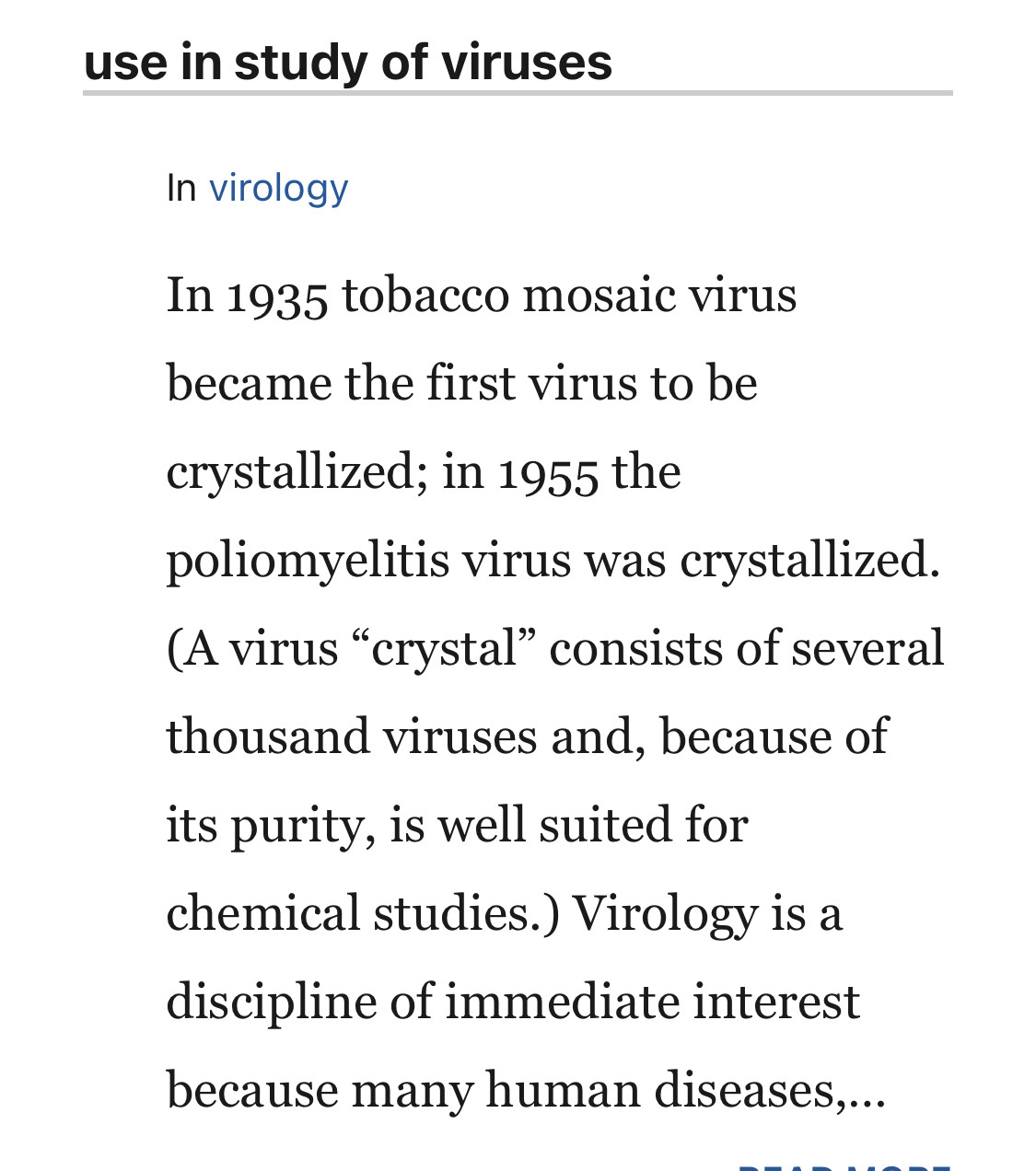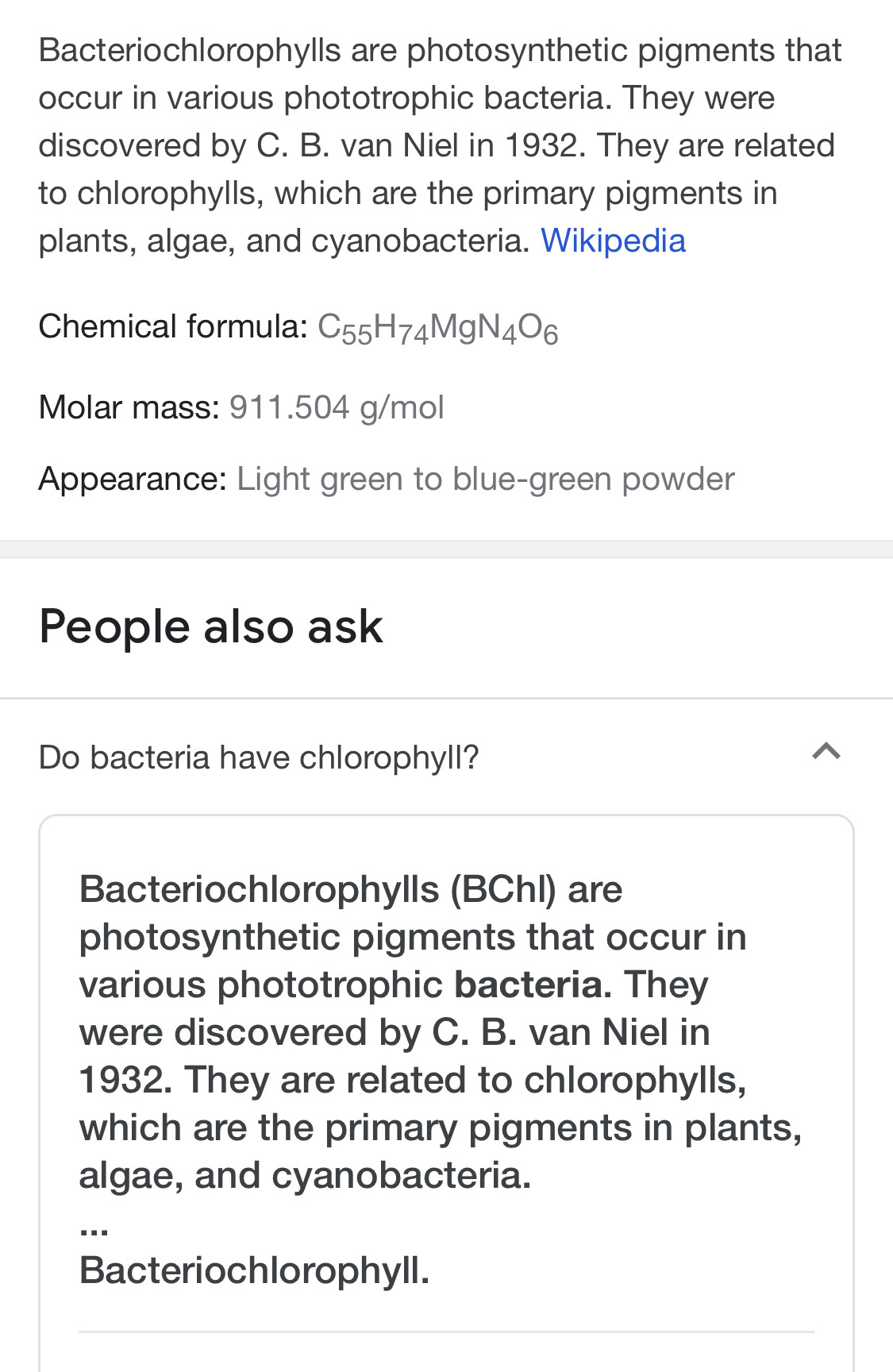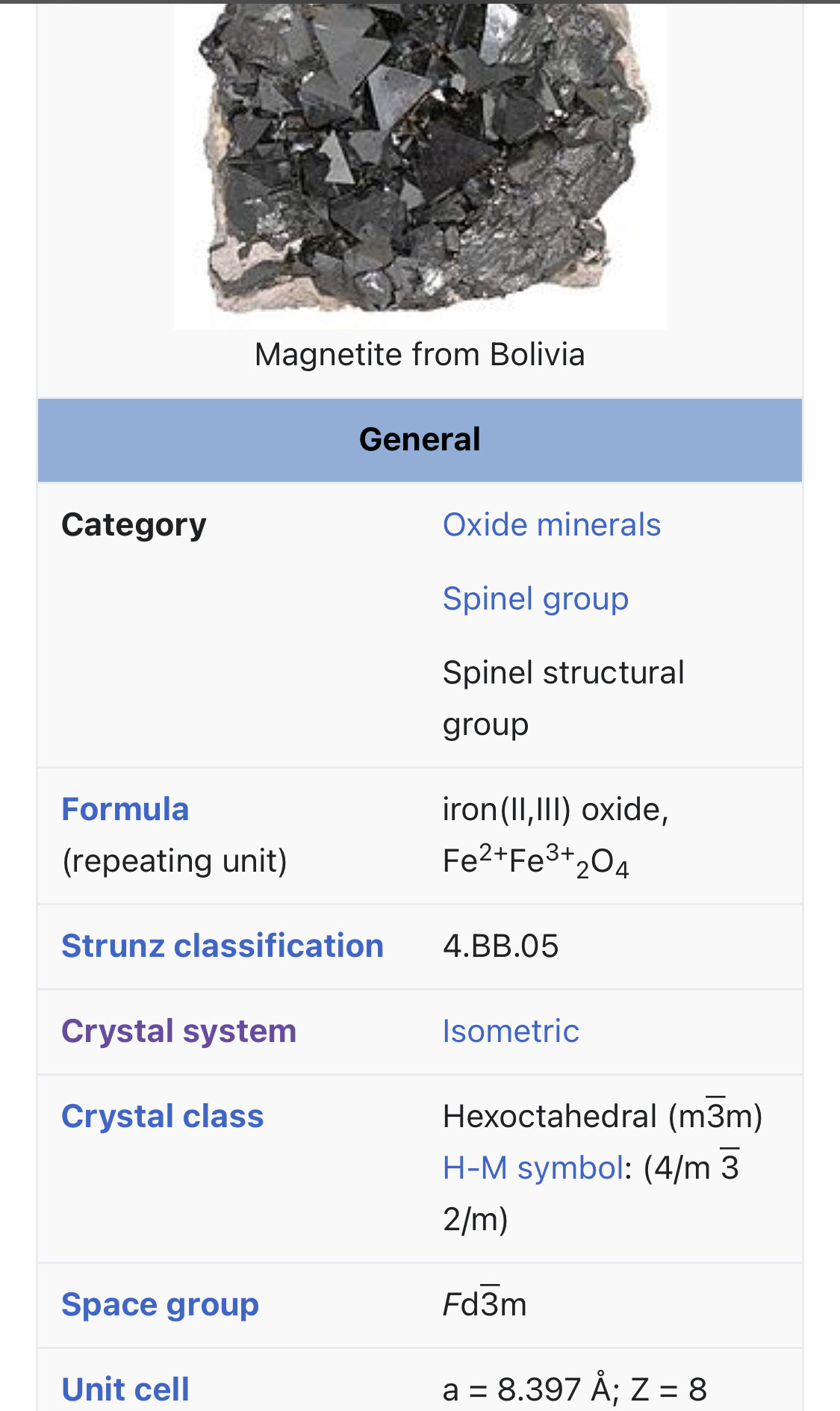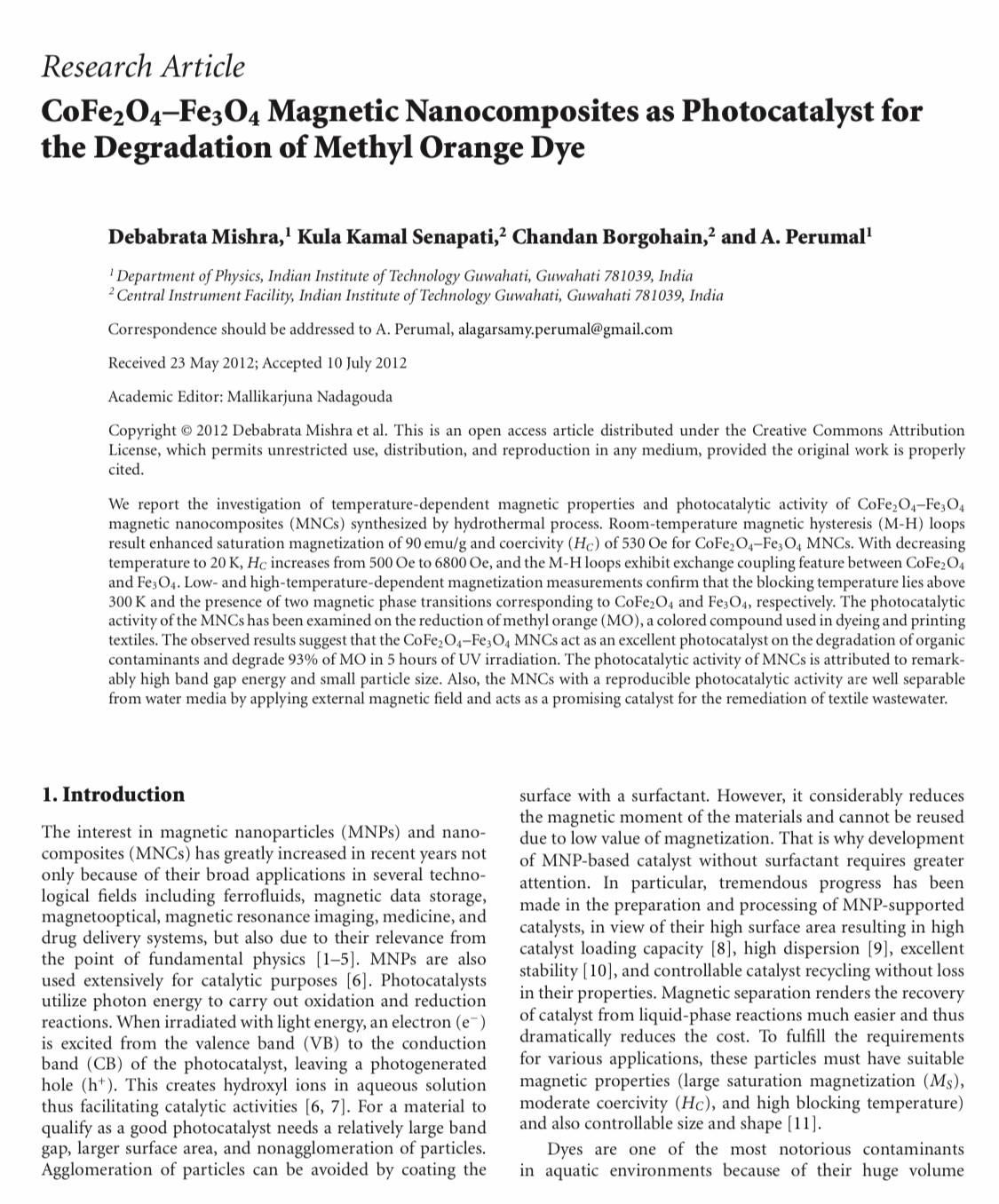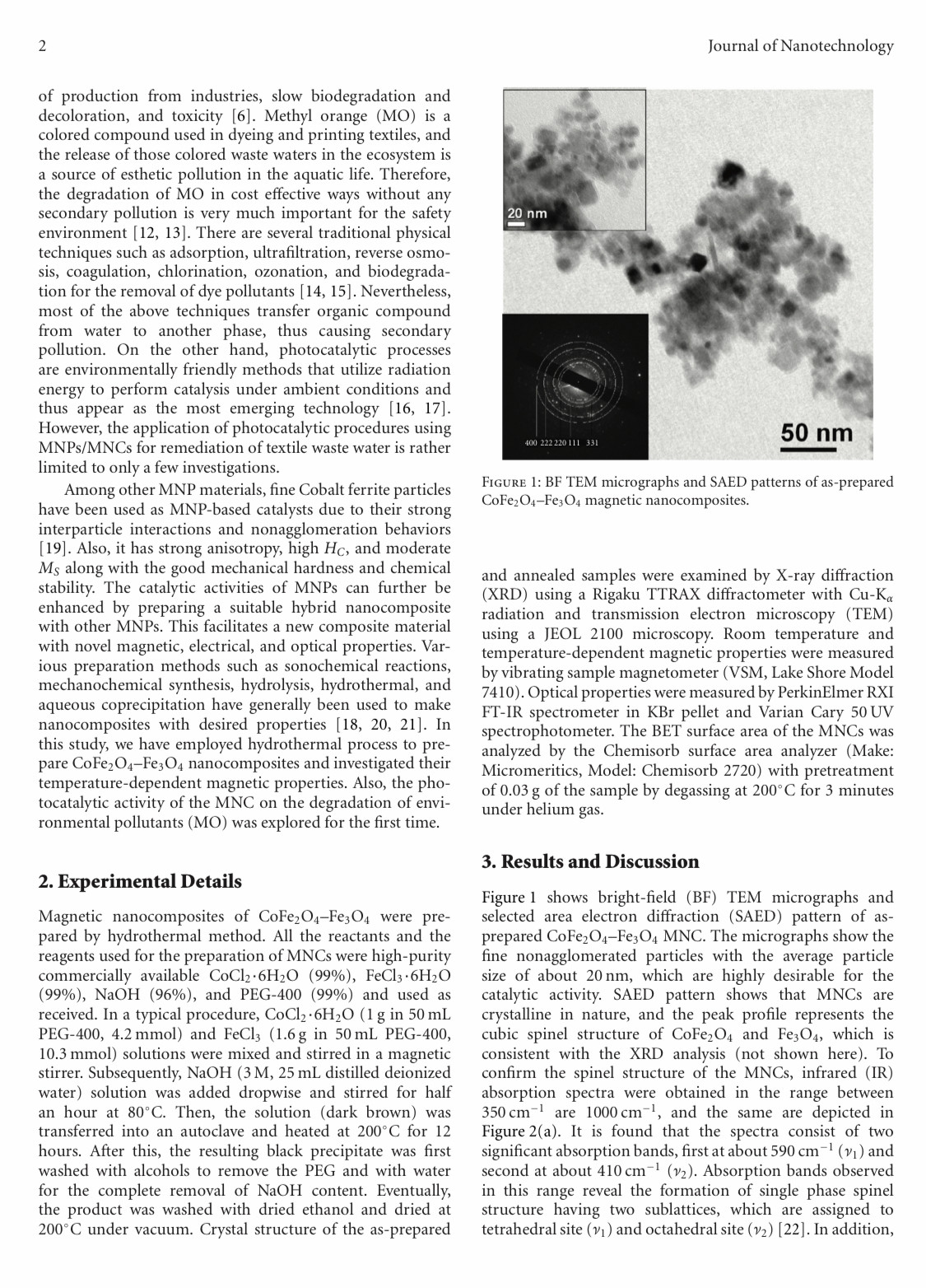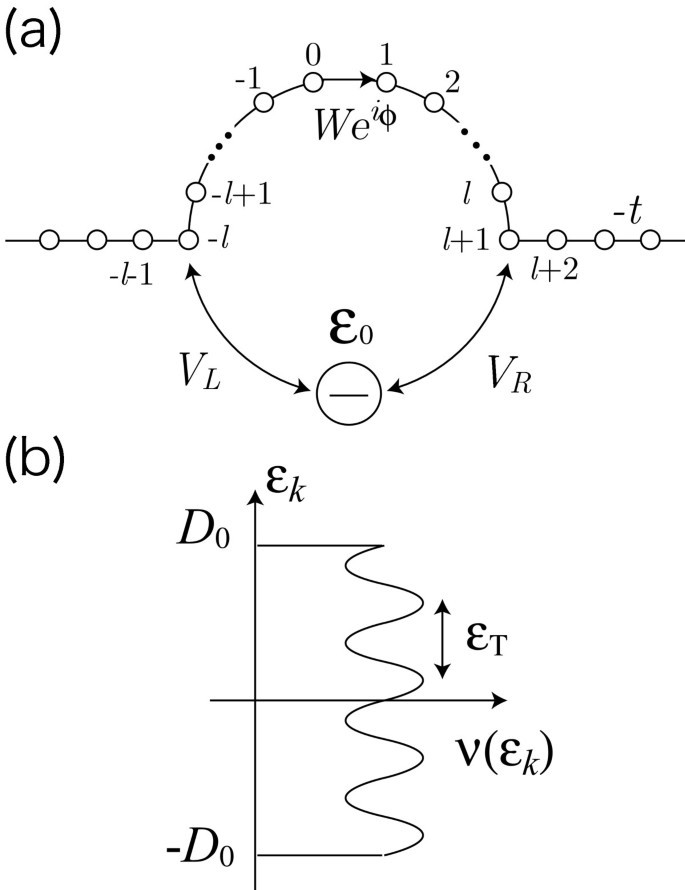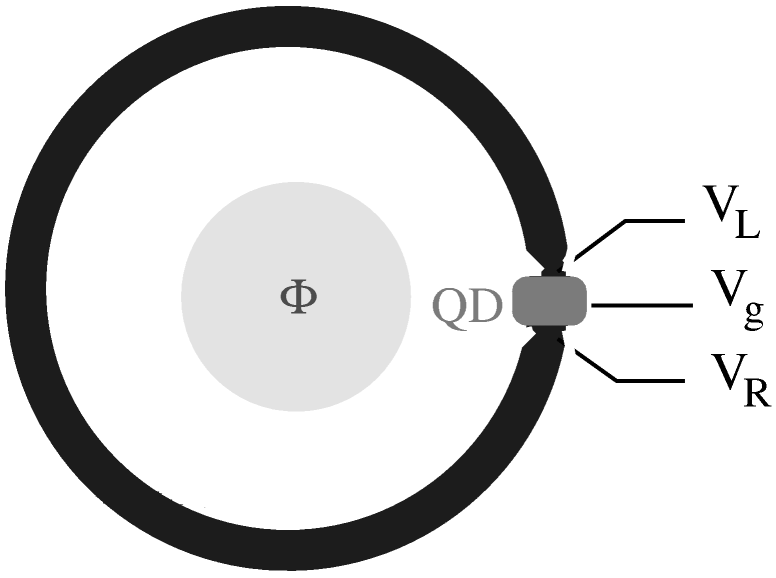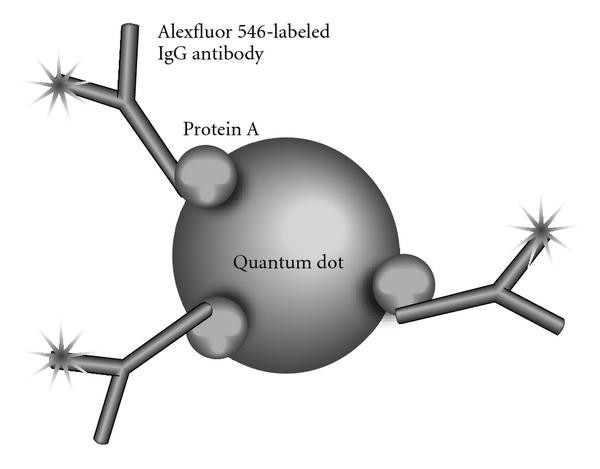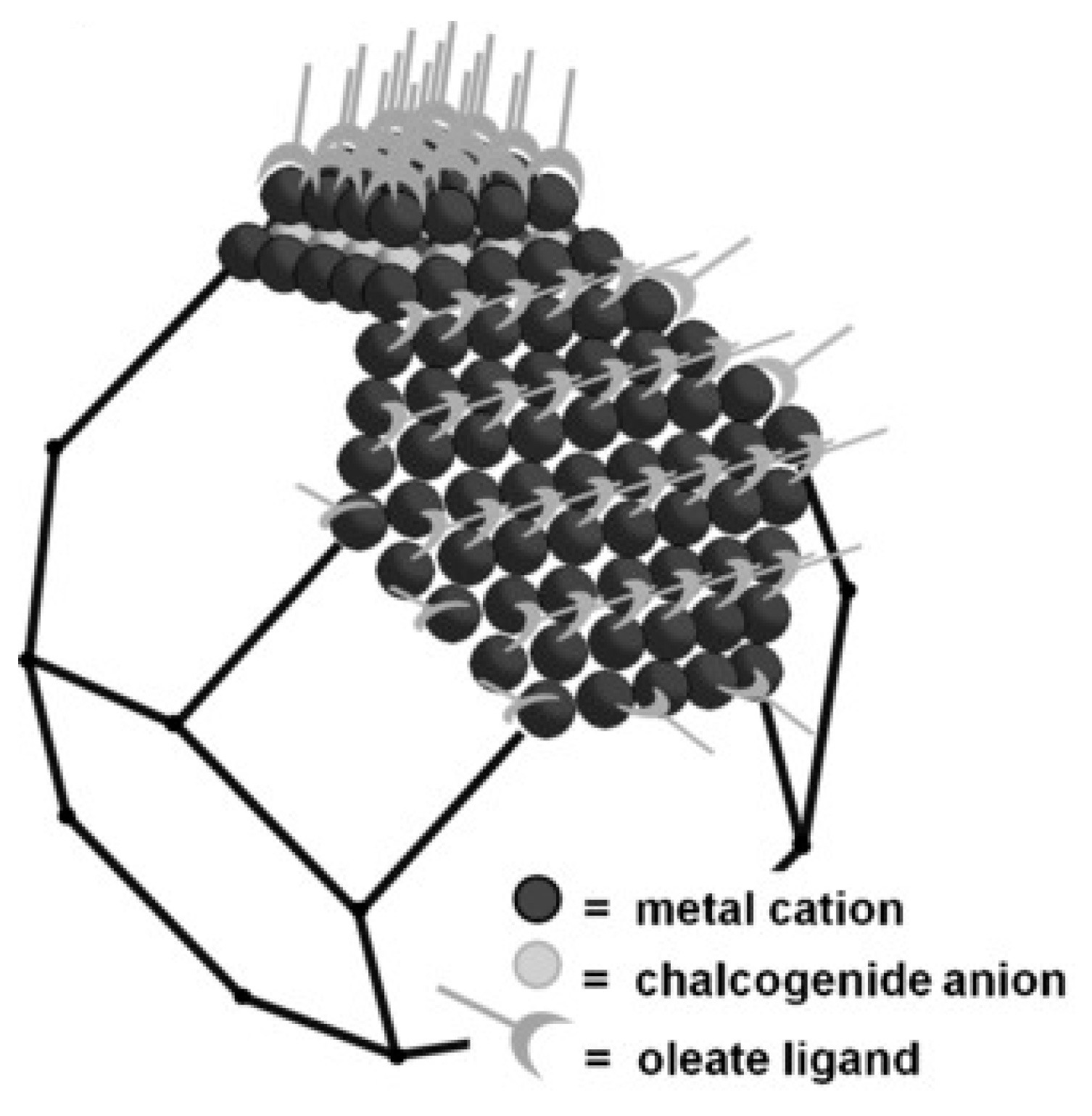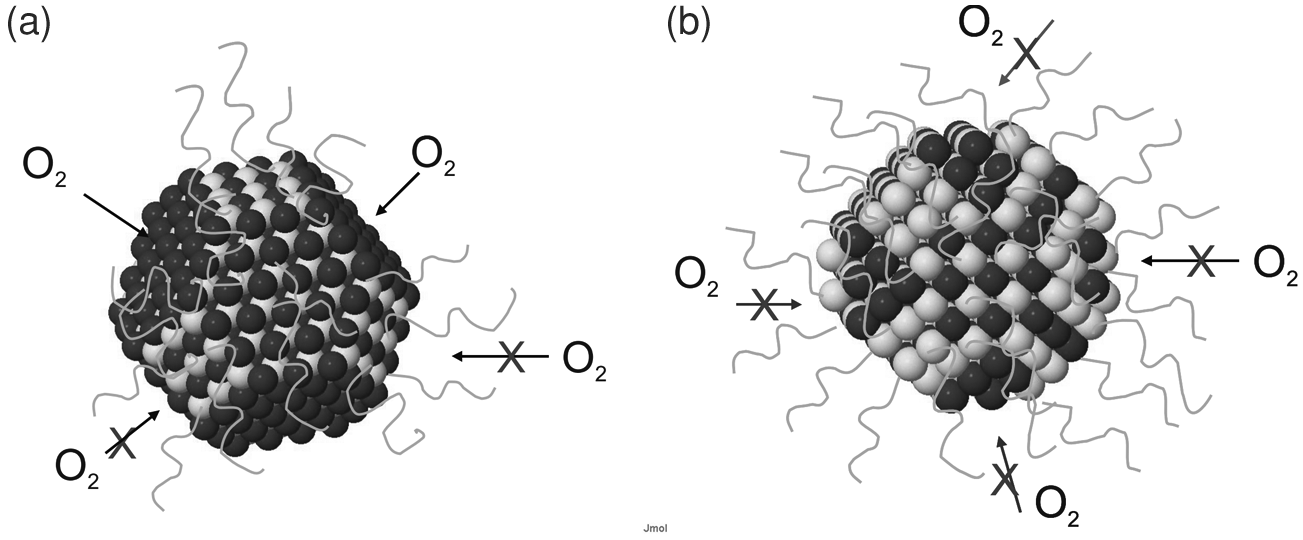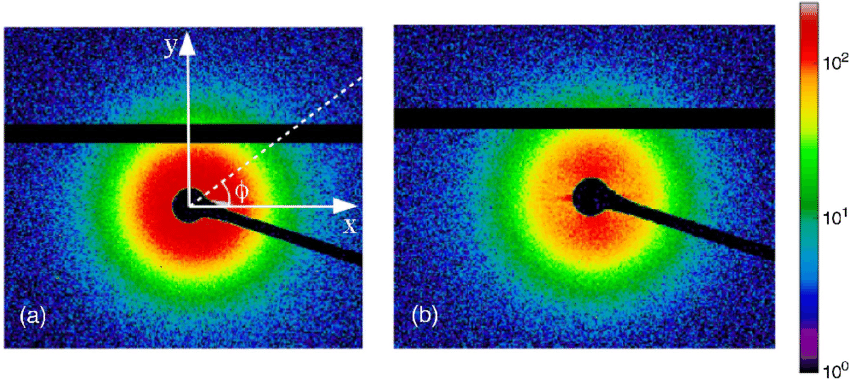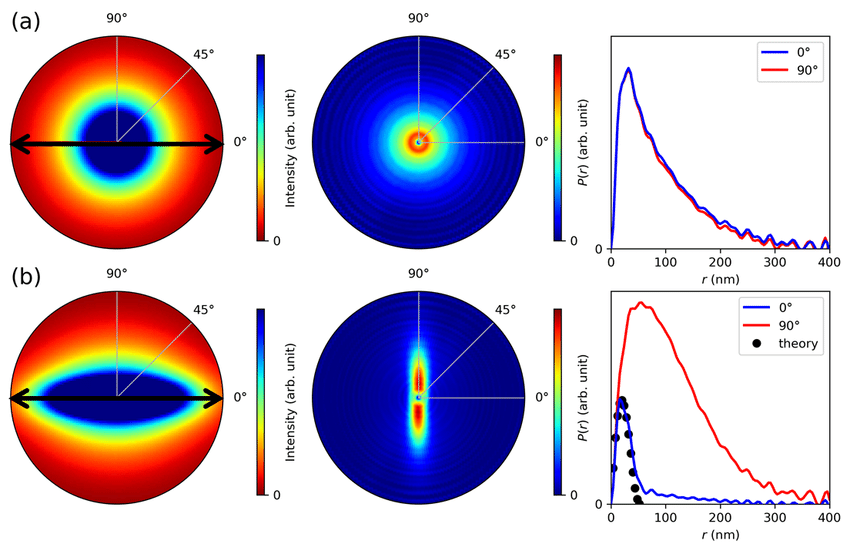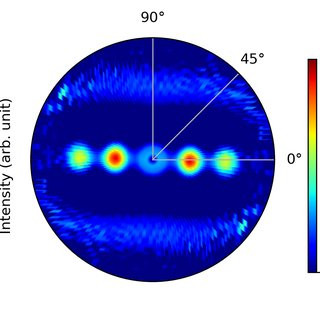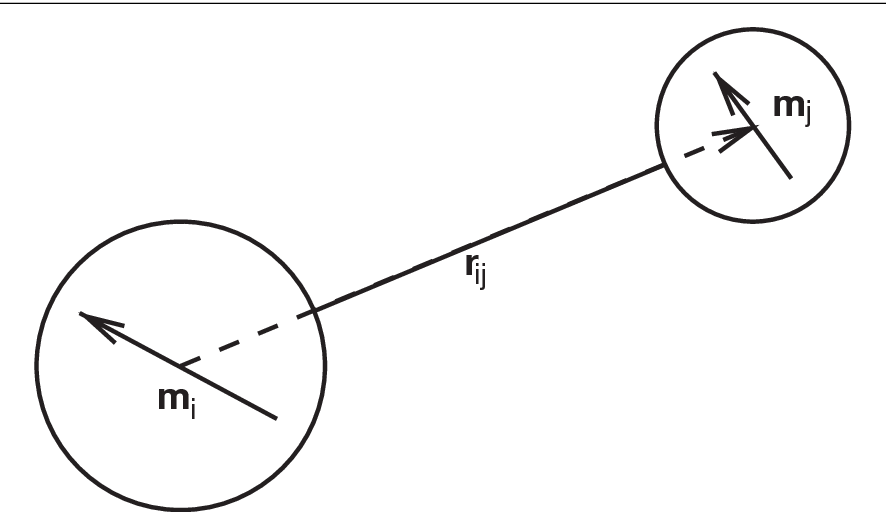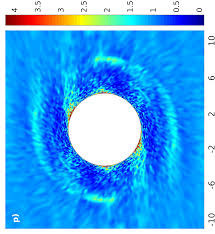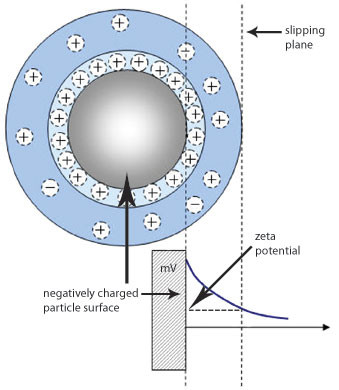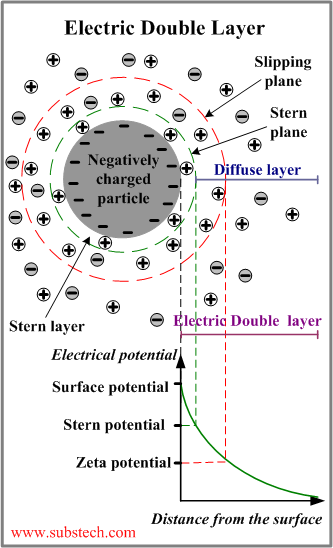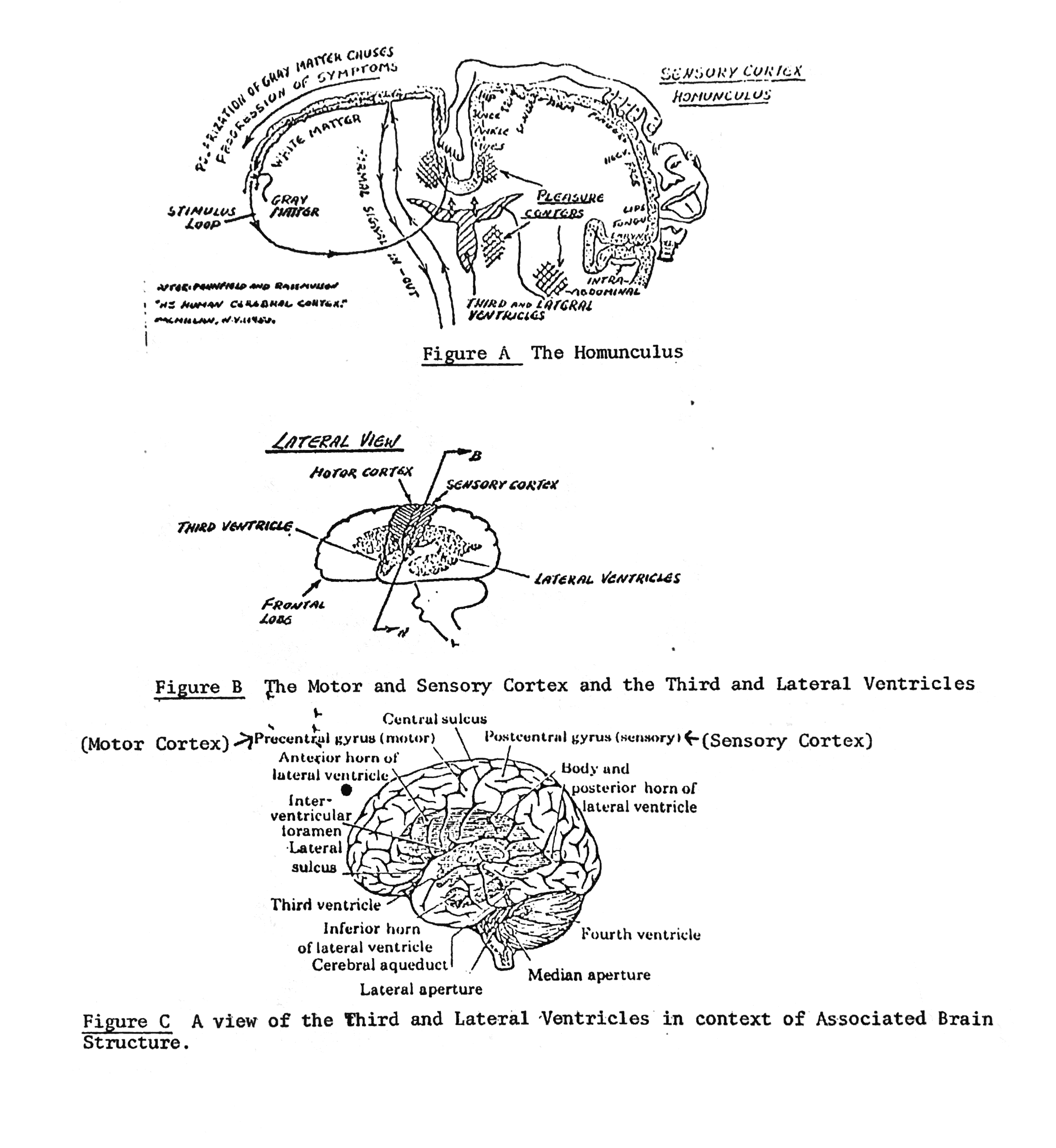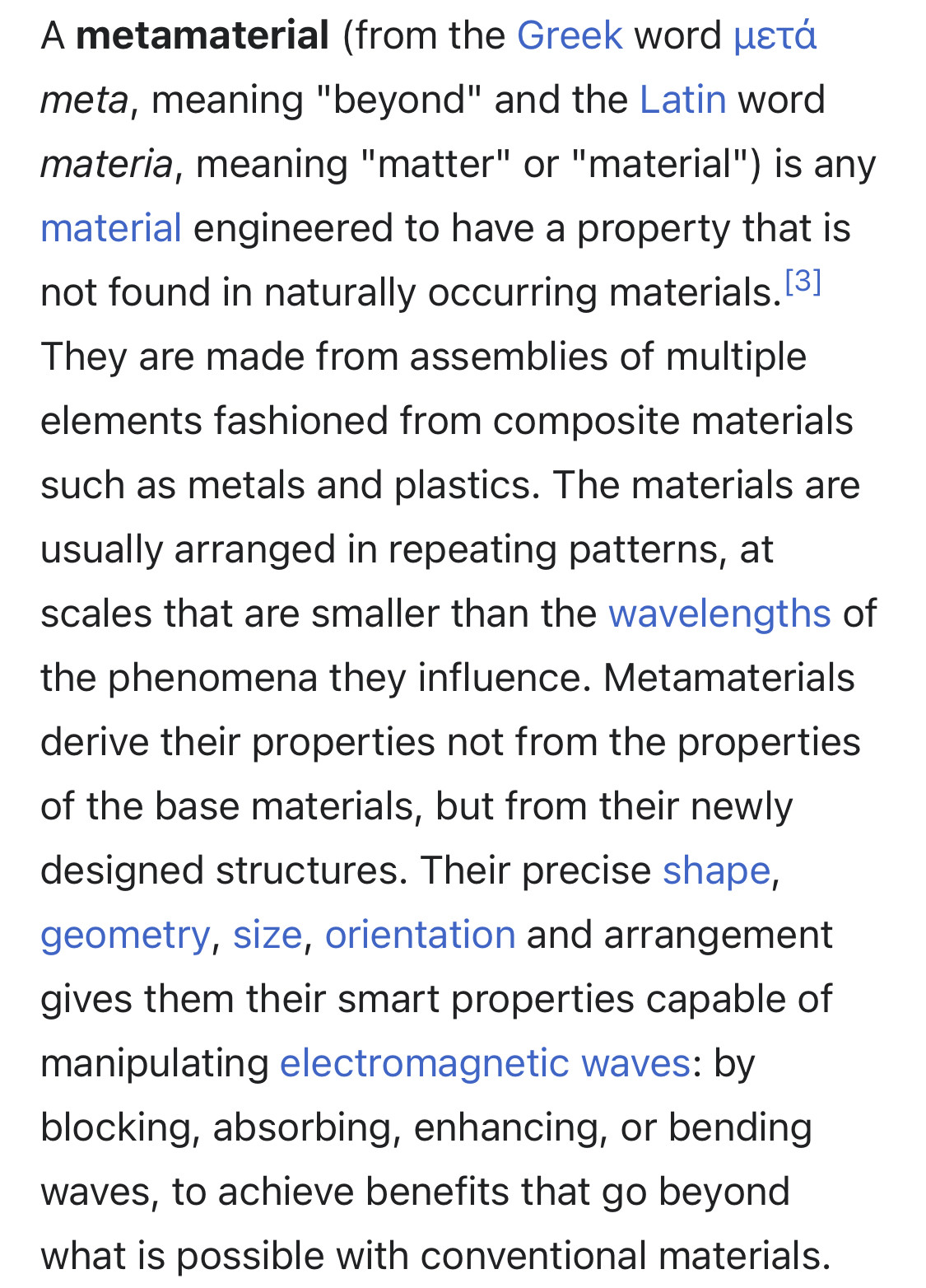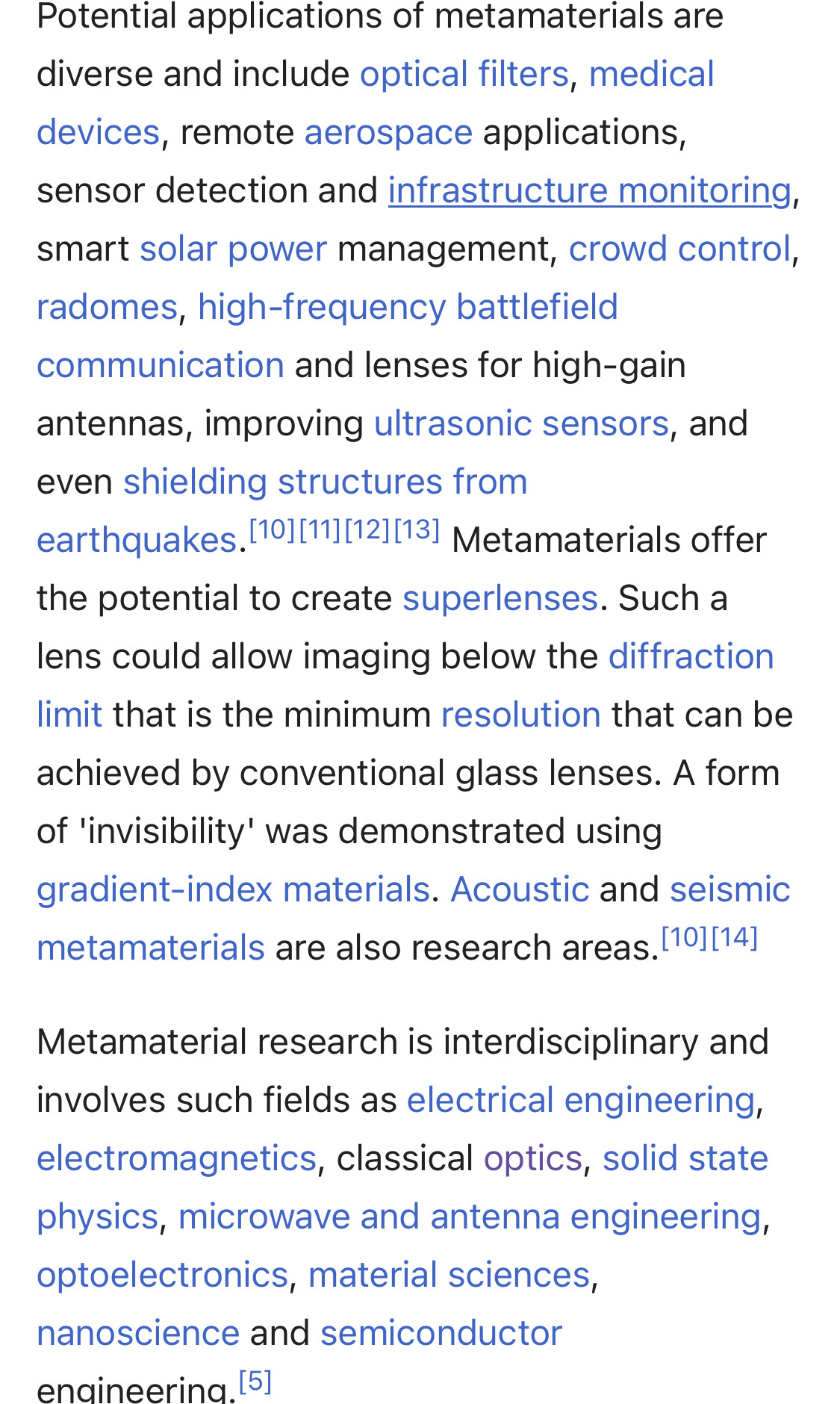👋🏻
An automated procedure was developed to determine the geometrical and chemical interactions of crystalline virus particles using the crystal parameters, particle position, orientation, and atomic coordinates for an icosahedral asymmetric unit.
Two applications of the program are reported: (1) An analysis of a novelpseudo-rhombohedral (R32) symmetry present in the monoclinic crystal lattices of both Nodamura Virus (NOV) and Coxsackie virus B3 (CVB3). The study shows that in both cases the interactions between particles is substantially increased by minor deviations from exact R32 symmetry and that only particles with the proper ratio of dimensions along twofold and fivefold symmetry axes (such as southern bean mosaic virus) can achieve comparable buried surface area in the true R32 space group.
(2) An attempt was made to correlate biological function with remarkably conserved interparticle contact regions found in different crystal forms of three members of the nodavirus family, NOV, Flock House Virus (FHV), and Black Beetle Virus (BBV). Mutational evidence implicates the quasi-threefold region on the viral surface in receptor binding in nodaviruses and this region is dominant in particle contacts in all three virus crystals.
Examination of particle contacts in numerous crystal structures of viruses in the picornavirus superfamily showed that portions of the capsid surface known to interact with a receptor or serve as an epitope for monoclonal antibodies frequently stabilize crystal contacts.
A photoreceptor cell is a specialized type of neuroepithelial cell found in the retina that is capable of visual phototransduction. The great biological importance of photoreceptors is that they convert light (visible electromagnetic radiation) into signals that can stimulate biological processes.
chloroplast; plural noun: chloroplasts
a plastid in green plant cells which contains chlorophyll and in which photosynthesis takes place.
Viruses can infect bacteria.
What is the Difference between Viruses and Bacteria?
Living or Not
Viruses are not living organisms, bacteria are.
Magnetite is a mineral and one of the main iron ores, with the chemical formula Fe3O4. It is one of the oxides of iron, and is ferrimagnetic; it is attracted to a magnet and can be magnetized to become a permanent magnet itself. It is the most magnetic of all the naturally occurring minerals on Earth. Naturally magnetized pieces of magnetite, called lodestone, will attract small pieces of iron, which is how ancient peoples first discovered the property of magnetism.
"can be magnetized to become a permanent magnet itself."
The mass spectrometer is an instrument which can measure the masses and relative concentrations of atoms and molecules. It makes use of the basic magnetic force on a moving charged particle.
As surface FeII may be oxidized or otherwise unavailable, initial photoactivation may be needed to trigger the Fenton reactivity...
Conclusions
In this work, effective phenol degradation was obtained upon irradiation of magnetite in the presence of H2O2 (heterogeneous photo-Fenton conditions). The initially low reaction rate considerably increased as the reaction progressed, most likely because of: (i) the formation of intermediates such as HQ that are able to reduce FeIII to FeII, which takes part to the Fenton reaction, and (ii) the presence of dissolved Fe due to magnetite dissolution, both in dark and under irradiation.
The need of FeIII reduction, which is also supported by the important role of irradiation, might look surprising when considering that magnetite contains structural FeII. It is thus possible that the latter is not readily available for the Fenton reaction and that some form of initial activation (e.g. partial iron photodissolution) is needed.
On the other hand, phenol degradation was most effectively achieved by the samples having the highest content of structural FeII. The size of the primary particles seems to be less important, because it was not correlated with photo-Fenton activity in the studied samples. However, the size effect could be largely offset by important aggregation phenomena in the aqueous suspensions.
From an applicative point of view, the most interesting features of magnetite as shown in this study are:
Reactivity upon absorption of UVA radiation, which makes cheap sunlight potentially
applicable to carry out the reaction.
Ability of some samples (most notably S2 and S3) to maintain reactivity also under
circumneutral pH conditions, which could save the need to adjust and back-adjust pH.
Limited iron leaching (up to or below the ppm range), which keeps dissolved Fe safely below
the limits for wastewater discharge.
Magnetic behavior, which greatly helps in the separation of magnetite from treated wastewater.
Abstract
The present work shows the photocatalytic degradation of nitrobenzene (NB) using Fe3O4 magnetic nanoparticles (MNP) as a photocatalyst in the presence of UV light.
Gateway Training Program: CIA studies on astral projection/remote viewing back in the 80's | Lipstick Alley
Idk whether this belongs in new age or conspiracy alley but whatever. The CIA did studies with the Monroe Institute back in the 1980's that's actually...
https://www.lipstickalley.com/threads/gateway-training-program-cia-studies-on-astral-projection-remote-viewing-back-in-the-80s.3528512/Hypnosis: According to the theories of psychologist Ronald Stone and the biomedical engineering models of Itshak Bentov, hypnosis is basically ‘a technique which permits acquisition of direct access to the sensory motor cortex and pleasure centers, and lower cerebral (emotional) portions (and associated pleasure centers) of the right side of the human brain following successful disengagement of the stimulus screening function of the left hemisphere of the brain.
The left hemisphere of the brain is the self-cognitive, verbal and linear reasoning component of the mind. It fulfills the function of screening incoming stimuli by categorizing, assessing and assigning meaning prior to allowing passage to the right hemisphere of the mind. The right hemisphere, which functions as the noncritical, holistic, nonverbal and pattern-oriented component of the brain appears to accept what the left hemisphere passes to it without question.
Consequently, if the left hemisphere can be distracted either through boredom or through reduction to a soporific, semi-sleep state, external stimuli to include hypnotic suggestions are allowed to pass unchallenged into the right hemisphere where they are accepted and acted upon directly.
The result may involve an emotional reaction originating in the lower cerebral region, sensory/motor responses requiring involvement of the cortex, and so on. Both the sensory and the motor cortices of the right cerebral portion of the brain contain a sequence of points known as the “homunculus” which corresponds to points in the body (see Exhibit 1).
1. INTRODUCTION Electromagnetic Metamaterials (Electromagnetic Meta-Materials = MTMs) [1] is generally defined as effectively made homogeneous electromagnetic structures with unusual properties that are not readily available in nature. An effective homogeneous structure is a structure of which the average size of the construction of the cell p is much lesser than to the guided wavelength lg.
Opto-electronics (or optronics) is the study and application of electronic devices and systems that source, detect and control light, usually considered a sub-field of photonics. In this context, light often includes invisible forms of radiation such as gamma rays, X-rays, ultraviolet and infrared, in addition to visible light. Optoelectronic devices are electrical-to-optical or optical-to-electrical transducers, or instruments that use such devices in their operation.
Electro-optics is often erroneously used as a synonym, but is a wider branch of physics that concerns all interactions between light and electric fields, whether or not they form part of an electronic device.
Optoelectronics is based on the quantum mechanical effects of light on electronic materials, especially semiconductors, sometimes in the presence of electric fields.
Photoelectric or photovoltaic effect, used in:
photodiodes (including solar cells)
phototransistors
photomultipliers
optoisolators
integrated optical circuit (IOC) elements
Photoconductivity, used in:
photoresistors
photoconductive camera tubes
charge-coupled imaging devices
Stimulated emission, used in:
injection laser diodes
quantum cascade lasers
Lossev effect, or radiative recombination, used in:
light-emitting diodes or LED
OLEDs
Photoemissivity, used in
photoemissive camera tube
Important applications[3] of optoelectronics include:
Optocoupler
Optical fiber communications
See also Edit
Interconnect bottleneck
Liquid-crystal display
Non-radiative lifetime
OECC (OptoElectronics and Communications Conference)
Optical amplifier
Optical communication
Optical fiber
Optical interconnect
Opto-electronic oscillator
Parallel optical interface
Photoemission
Photoemission spectroscopy
Photovoltaic effect
Stimulated emission
Opto- comes from the Greek optós, meaning “visible.” This word is related to the Greek word ṓps, meaning “eye” or “face,” and ophthalmós, meaning “eye.” Ophthalmós is ultimately the source of ophthalmo- and ophthalm-. Also ultimately coming from the Greek ṓps are the combining forms -opia, -opsia, -opsy, and -opy.


